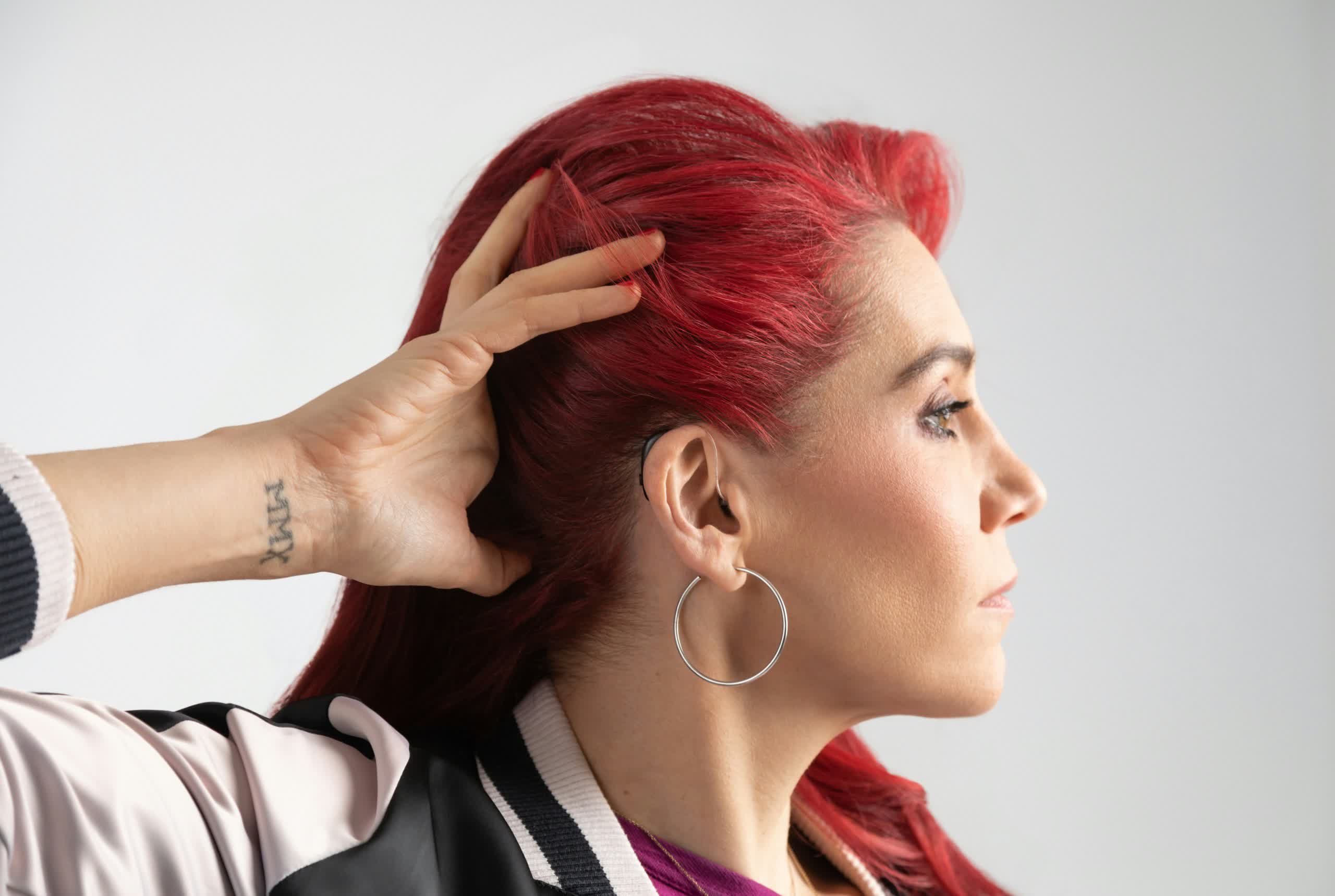Editor’s take: The FCC’s decision highlights the growing importance of accessibility in technology development, emphasizing that advancements should be inclusive for all users, including those with disabilities. This move sets a precedent that could influence other consumer electronics sectors, promoting more inclusive design and user-friendly practices.
The Federal Communications Commission has adopted new rules requiring all mobile handsets sold in the US to be compatible with hearing aids, marking a significant milestone in the quest for digital accessibility for the 48 million Americans with hearing loss.
The new rules introduce a Bluetooth coupling requirement. This mandate promotes universal connectivity between mobile handsets and hearing aids, including over-the-counter devices. By encouraging manufacturers to move away from proprietary Bluetooth standards, the FCC hopes to create a more inclusive and user-friendly ecosystem for those with hearing impairments.
The FCC’s order also addresses audio quality concerns. All new mobile handsets in the US market will need to meet specific volume control benchmarks so users can increase audio volume without experiencing distortion. This will benefit both hearing aid users and people who don’t use assistive devices but still have hearing loss.

The FCC has also revised the requirements for labeling and website posting. Point-of-sale labels will now clearly indicate whether a handset is certified as hearing aid compatible, if it meets telecoil or Bluetooth coupling requirements, and its conversational gain capabilities.
The journey to this 100% hearing aid compatibility requirement resulted from collaborative efforts by the Hearing Aid Compatibility Task Force, an independent group comprising wireless service providers, handset manufacturers, research institutions, and advocates for people with hearing loss. Over several years, this task force has worked to reach a consensus on how to achieve the FCC’s objective.

This mandate is a significant shift in the mobile phone industry. Previously, only a portion of mobile handsets were required to be hearing aid compatible. The transition to 100% compatibility will occur over a specified period, allowing manufacturers and service providers time to adapt their products and services.
The FCC’s decision is expected to have far-reaching implications for the mobile industry as manufacturers will need to invest in research and development to meet the new standards across their entire product lines. This may involve creating new chipsets, antennas, and audio processing systems.
Also, because companies will need to review and potentially redesign their entire product lineup, this could impact product development cycles and time-to-market for new devices, as production lines may need to be modified to accommodate new components or testing procedures. They’ll also likely have to change their marketing and regulatory compliance strategies.
